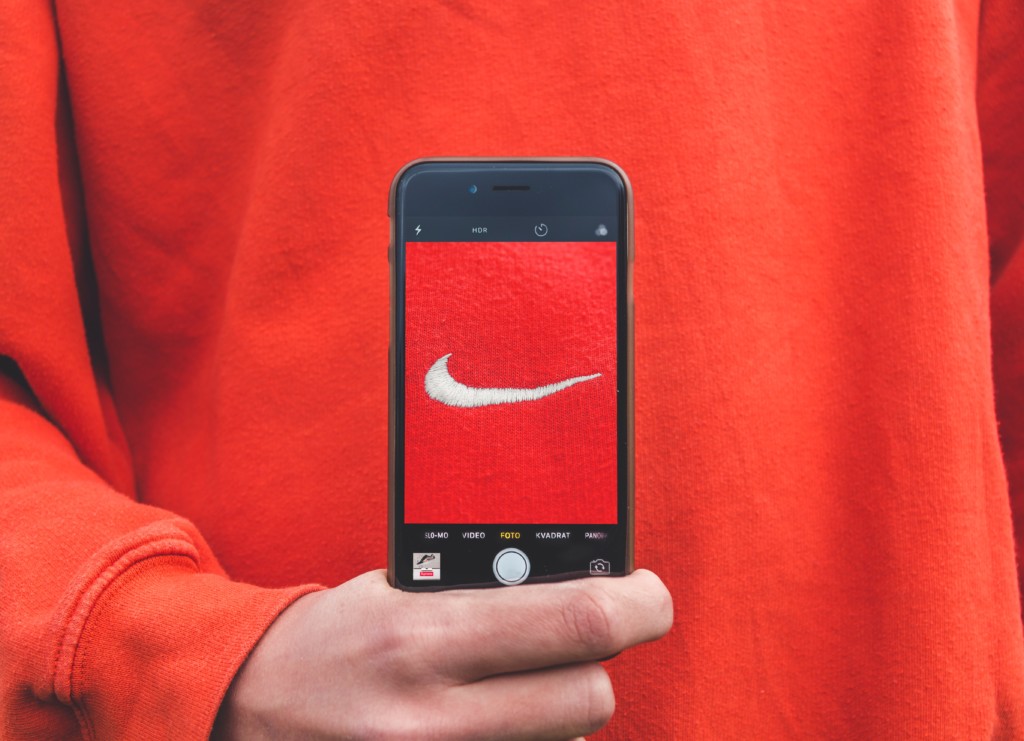7 Tips to Define a Unique Visual Style
Guest post by Kristin Savage
When it comes to creating a memorable brand, looks matter. Color schemes, logos, fonts, and other visual elements are an integral part of your startups branding. It’s imperative that you create a style that works for you, and that you use that style consistently. Your visual style should be unique, memorable, and it should fit your overall branding efforts.
Invest in a Professionally Designed Logo
If you are successful at defining your unique visual style, people may associate many things with your brand. The most important of these will be your logo. Think of some popular brands, and chances are you visualize those companies’ logos. The best logos are simple and memorable. They should be easy to recognize from a distance, and clear.
Your logo is important enough a part of your visual identity that it’s worth investing in. A professional graphic designer can work with you to help you create the ideal logo for your company.
Select The Right Fonts And Color Schemes
The second elements you’ll want to consider are typography and color palettes. First, your choice in color matters. It’s been proven over and over again that color can impact mood and perception. Consider this when choosing the colors that will be featured on your website, signs, mailers, etc.
Not long ago, your choices were really limited when it came to typography. Now the options are pretty much unlimited. You can even contract with a designer to create a customized font just for your business. Like colors, fonts can also evoke certain feelings and imagery. For example, scripted fonts are often described as being feminine. Consider looking at your potential competitors as well as businesses who have a similar target audience as yours. You may be able to
Consider Every Place Customers Will See Your Brand
Before you get too far into this process, consider where and how your target audience will see your brand. Your website is an obvious choice, but there are probably more. Your company name, logo, and tagline could appear on:
- Invoices and other business mailings
- Company vehicles
- Packaging of various shapes and sizes
- Screens on different devices
- Signage
- Employee uniforms
- Coffee mugs, posters, and other swag
Something that looks great in one place could be a complete miss in another. When you’re making decisions about your visual style, take this into consideration.
Create a Visual Assets Library For Consistency
A visual assets library is a centralized repository that holds your logo, fonts, color schemes, images, photographs, icons, and other visual content. Anyone in your organization who uses images for any reason including, blog posts, website content, mailers, etc. should be instructed to only use the items that are in the assets library.
By maintaining a visual assets library, you can:
- Ensure that everyone is representing your startup using the appropriate images
- Propagate image changes across the organization automatically
- Better control who can add, create, delete, and change brand images
Create a Professional Business Pitch
The best way to make sure your ideas stand out and are perfectly understandable by your colleagues is by creating a professional business pitch. There are many file types for these business pitches, but the best file type is .pdf, which allows all users, on all computers, to view them without any issues. In order to make sure your colleagues understand all your ideas and have the important concepts come through, you can always learn how to edit a PDF with easy to use editors, which are super user friendly and handy in these situations.
Control How Your Brand is Represented by Others
Growing startups often get the attention of members of the media. This can be a good thing. Your company gets some exposure, and you or one of your team members may have the opportunity to build a bit of thought leadership. One of the challenges here is ensuring that your company is adequately represented by people who don’t work for you.
One step you can take is to create a media kit. This is somewhat similar to an assets library. The difference is that you make this publicly available. It can contain non visual assets such as quotes from the founder, company history, press releases etc. However, it should also contain plenty of visual assets such as head shots, logos, and pictures of your offices. Keep in mind that anyone writing about your company is likely to include at least one image. Would you rather make it easy for them to use an image you have carefully selected, or to pick whatever they find on Google?
If you work with or plan to work with vendors, re-sellers, licensees, or independent sales representatives, you need to consider your visual style as well. Make it clear how your company is to be represented visually on any websites, publications, signs, or printed materials.
Use Visuals That Connect With Your Audience
Of course, there’s more to your visual style than your logos, color schemes, and fonts. Any visual content that you share with the world reflects on your brand. This includes both the visual content you create as well as the content you curate from other sources.
When it comes to the visual content you use to connect to your audience, you have plenty of choices. Brands have used memes, live video, infographic, vines, explainer videos, animations, and other visuals to inform and entertain their audiences. The key to success isn’t in using every technique that might be trending at any given moment. Instead, consider what will be most appealing to your audience.
If you plan to market your business globally, keep in mind that culture is also a consideration. The visual content you share may be very closely tied into pop culture, and it may be reflective of the values in the area that you are from. The question to consider is whether or not the visuals you are using will get the same reaction from a global audience.
Rather than risk causing confusion or even unintentionally offending people, you might consider bringing in a professional who specializes in this area. A company like Pick Writers can help you connect with localization companies who can ensure that both your written and visual content communicate what you intend them to.

Create a Style Guide For Anyone Responsible For Creating or Curating Content
The tips here work very well. Still, they aren’t very effective unless everyone knows about them, and how to apply them. Everyone in your organization who might create or share any sort of visual content should be educated in exactly what to do. Create a style guide that provides this instruction, then update it frequently. Here are a few things that are commonly addressed in a style guide:
- The font type and size to be used for titles, headers, and subheaders
- Which company logo should be used on various document types
- Appropriate use of different color schemes
- Recommended sources for obtaining images
- File and folder paths for visual assets
Of course, not everything in this document needs to be completely technical. This is also a great place to educate people about your brand, and your intentions behind the policies that drive the use of visual elements.
Kristin Savage nourishes, sparks and empowers using the magic of a word. Along with pursuing her degree in Creative Writing, Kristin was gaining experience in the publishing industry, with expertise in marketing strategy for publishers and authors. Now she had found herself as a freelance writer. She observes with a special interest how the latest achievements in media and technology help to grow readership and revenue and shares her opinion.




